The Leonardo DaVinci Story
Leonardo da Vinci ; 15 April 1452 – 2 May 1519, was an Italian Renaissance polymath: painter, sculptor, architect, musician, mathematician, engineer, inventor, anatomist, geologist, cartographer, botanist, and writer. His genius, perhaps more than that of any other figure, epitomized the Renaissance humanist ideal. Leonardo has often been described as the archetype of the Renaissance Man, a man of “unquenchable curiosity” and “feverishly inventive imagination”. He is widely considered to be one of the greatest painters of all time and perhaps the most diversely talented person ever to have lived. According to art historian Helen Gardner, the scope and depth of his interests were without precedent and “his mind and personality seem to us superhuman, the man himself mysterious and remote”. Marco Rosci states that while there is much speculation about Leonardo, his vision of the world is essentially logical rather than mysterious, and that the empirical methods he employed were unusual for his time.
Tagged with: Voice of Muse
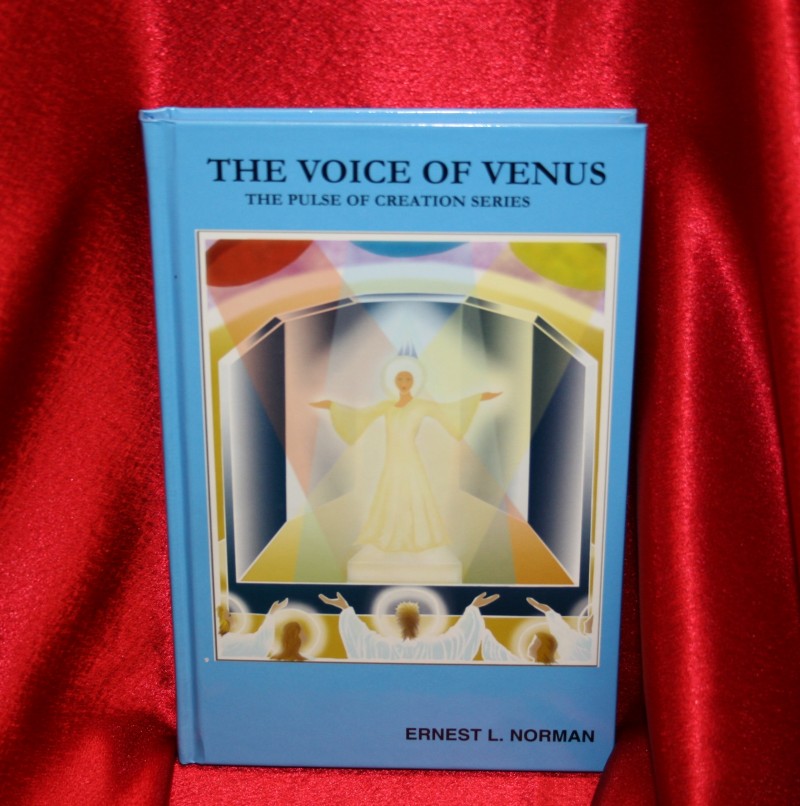


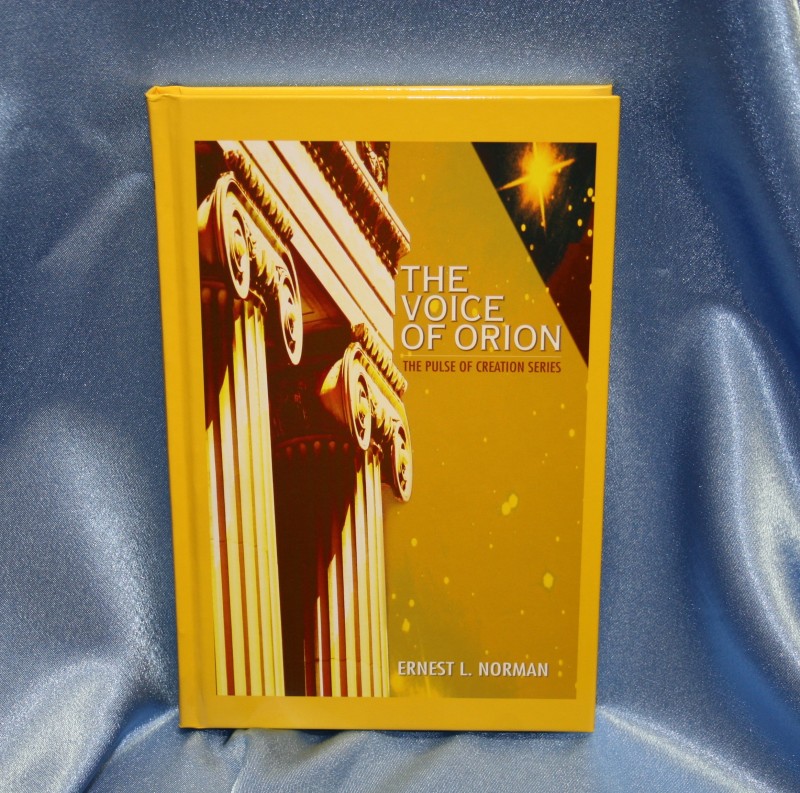
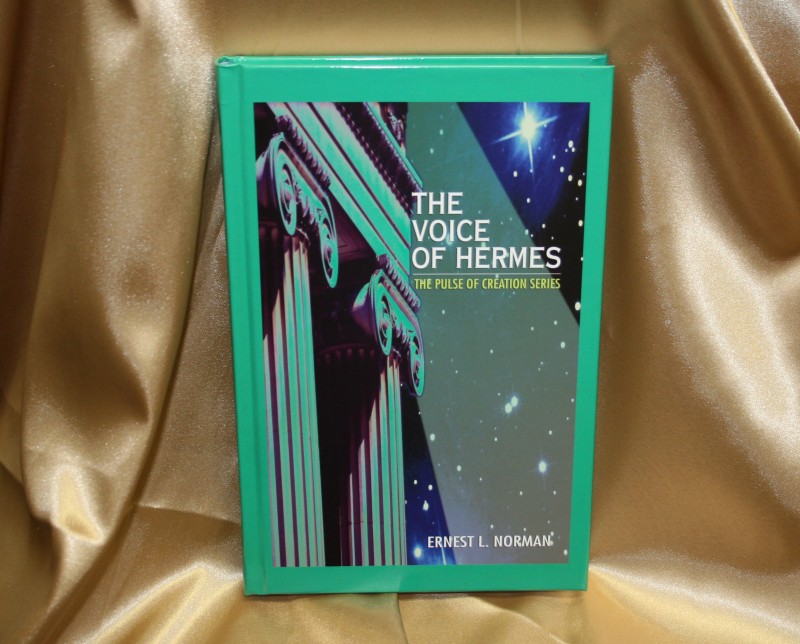
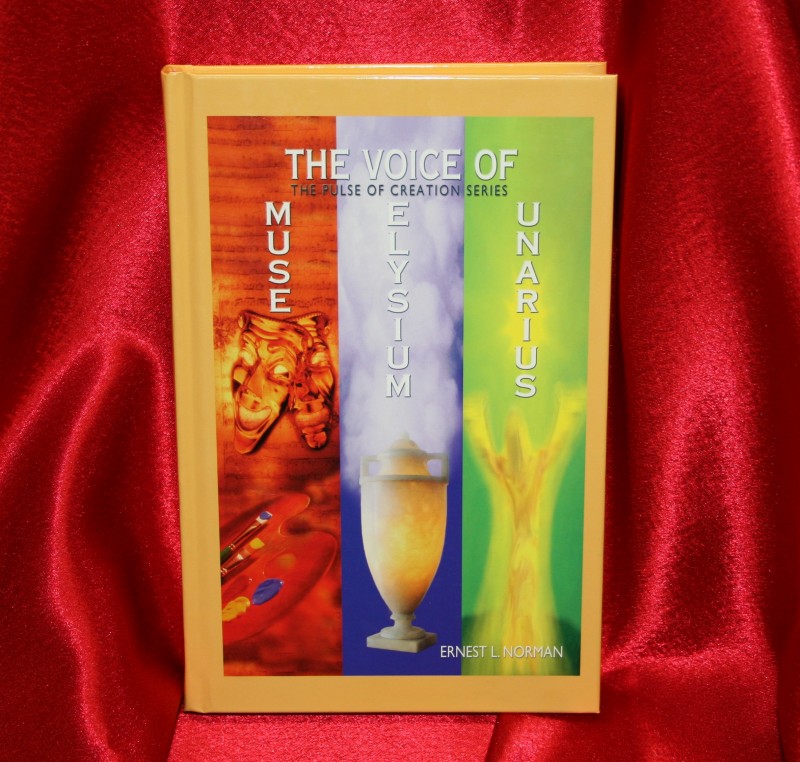

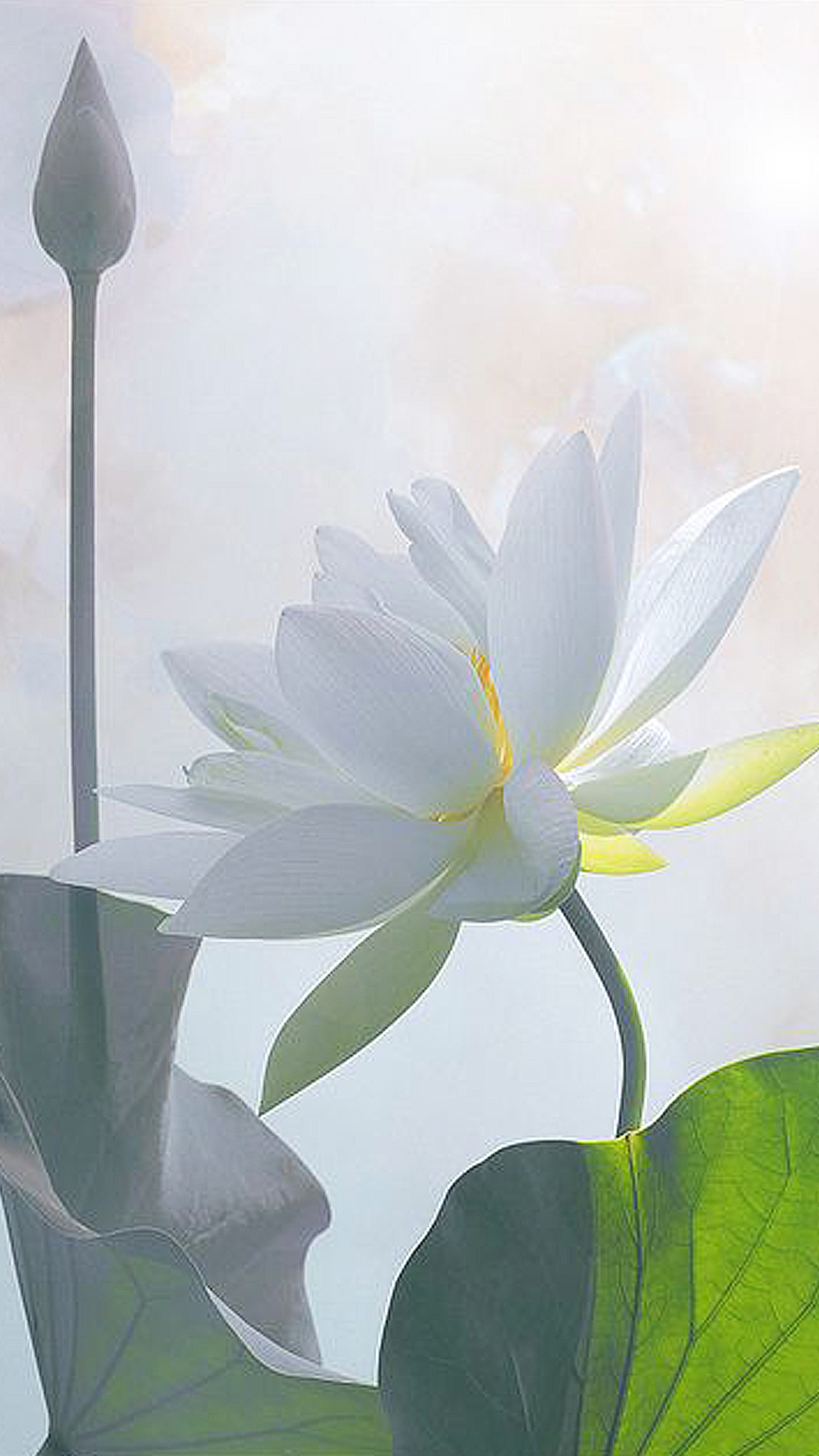
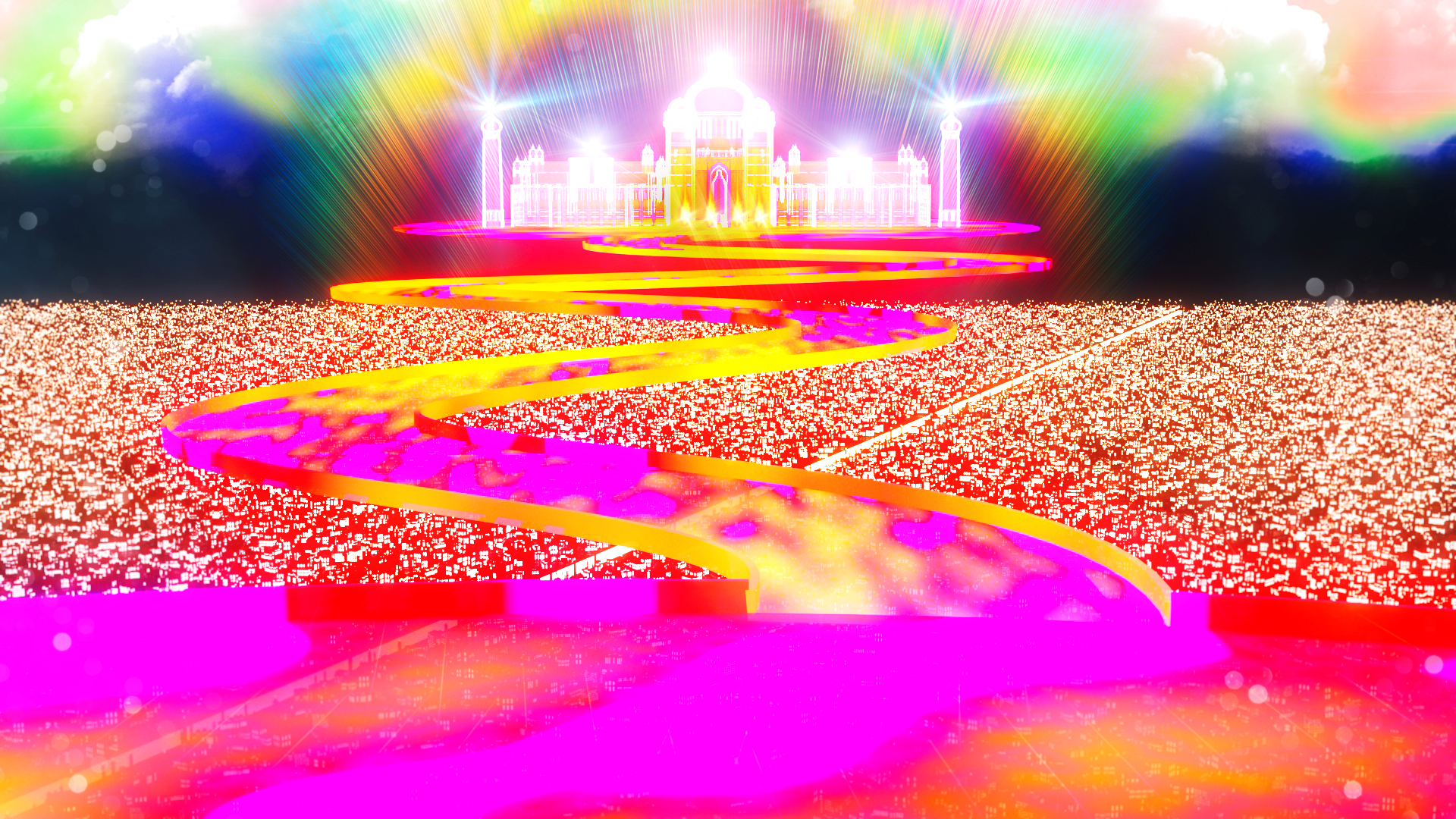
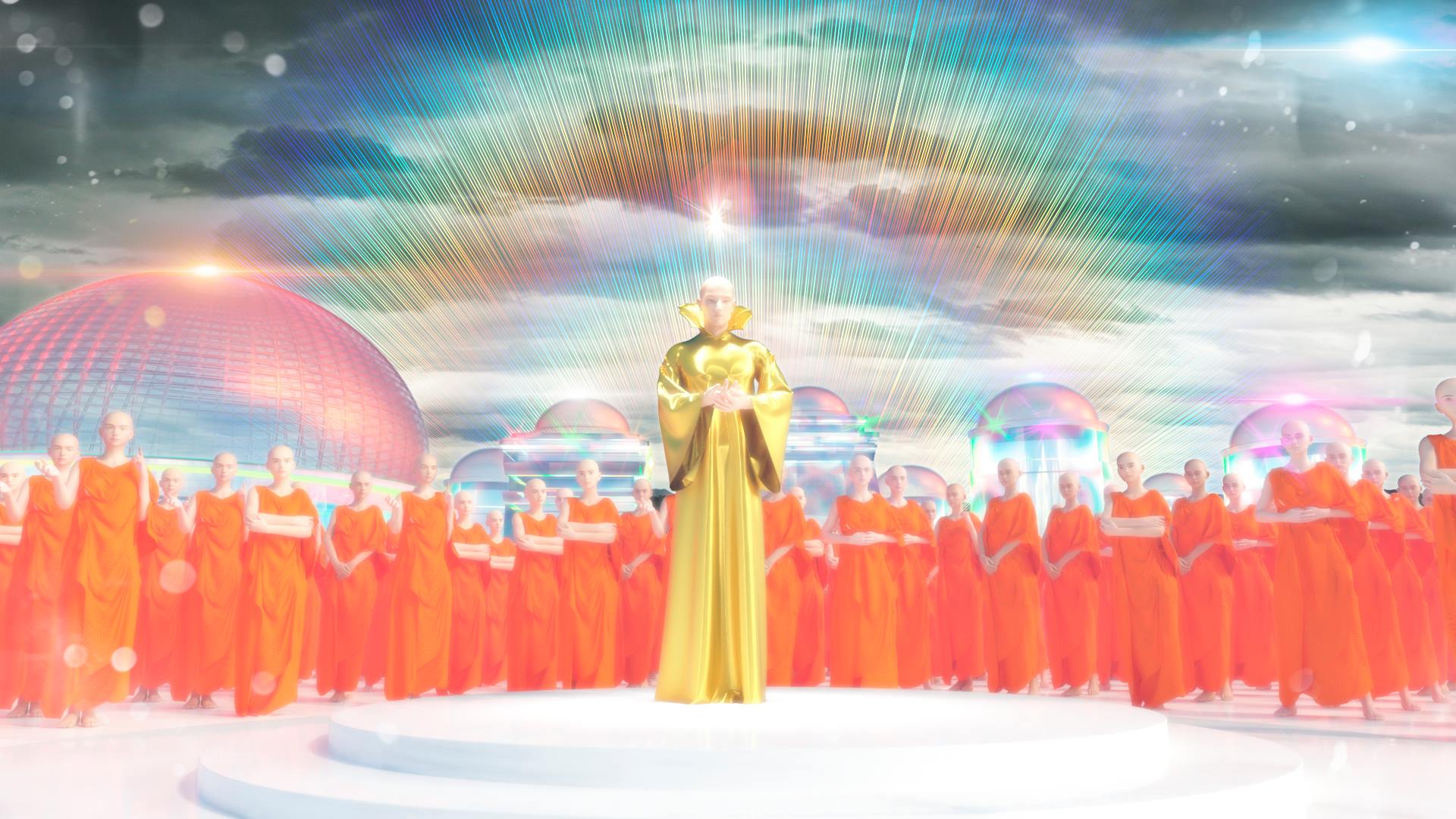





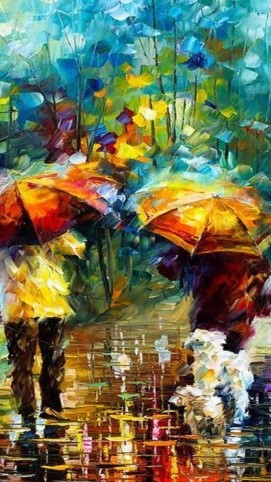

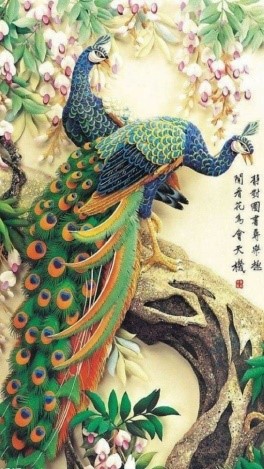
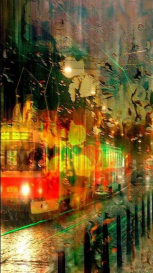

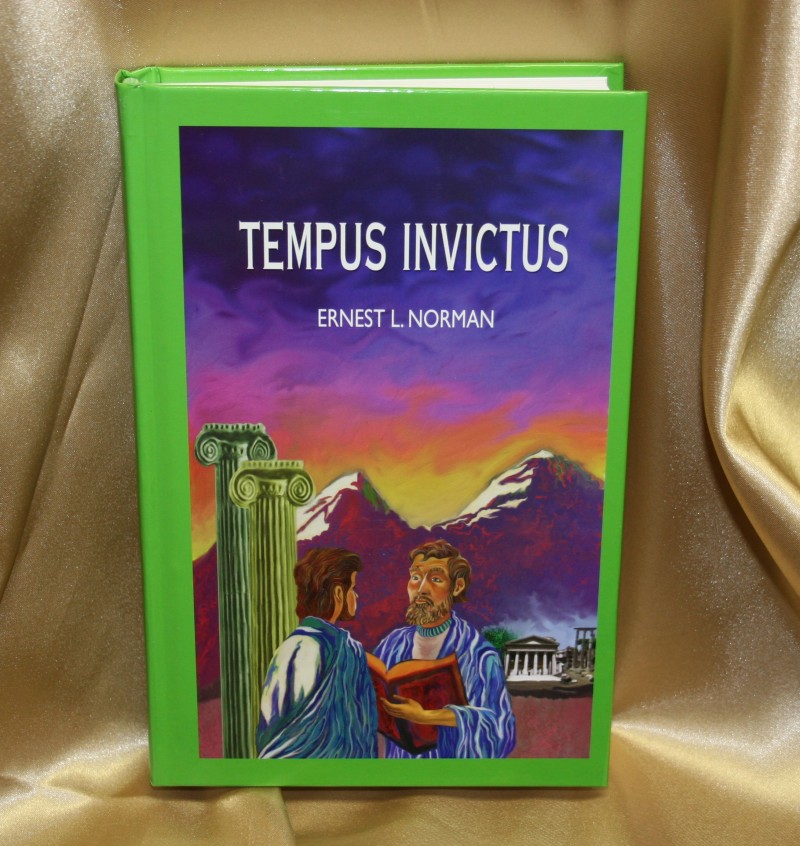

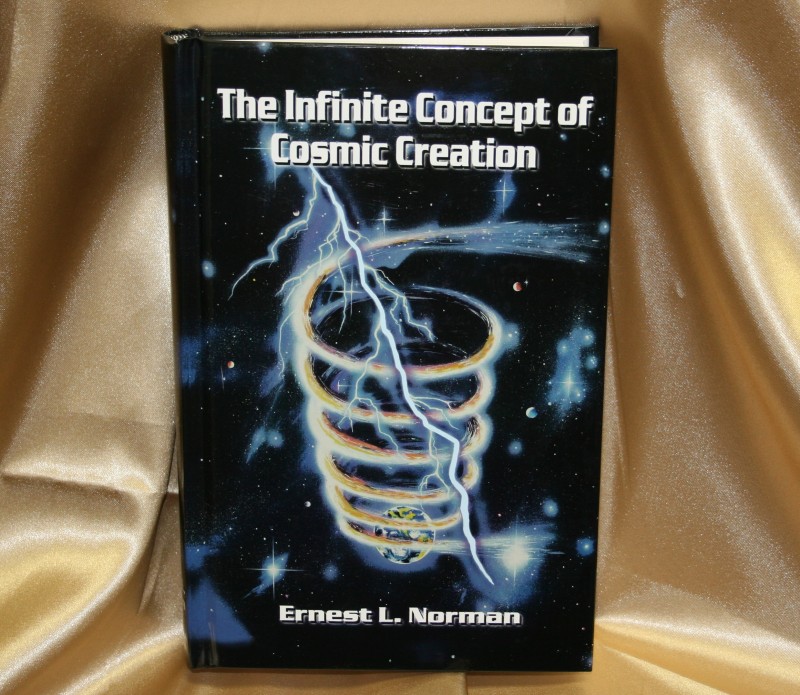
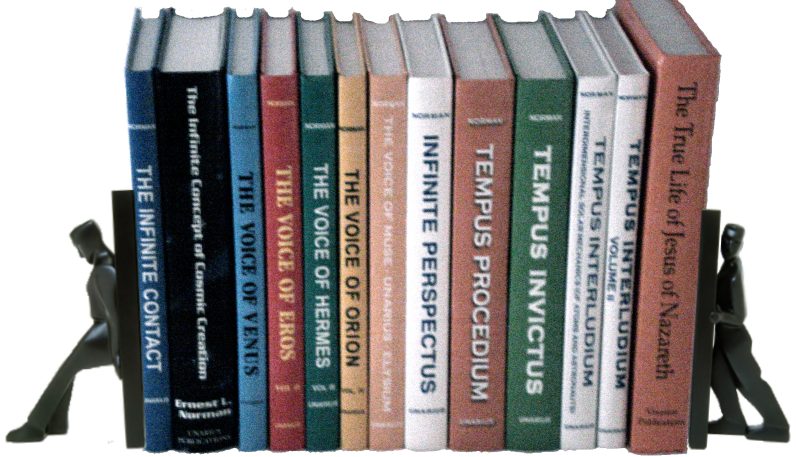
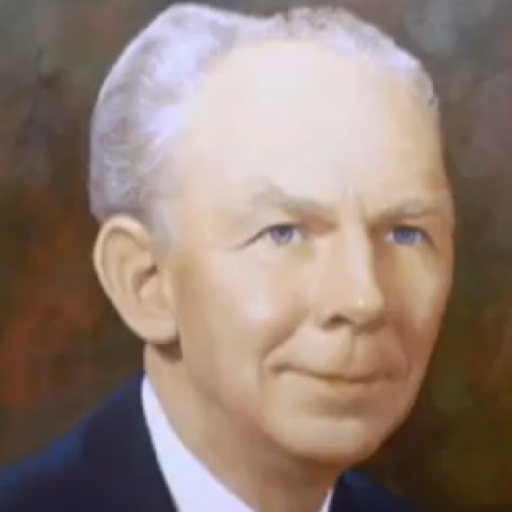

The video does a nice job of portraying his life. I wasn’t aware of the heavy stigma about being born illegitimate in those times. It was Leonardo’s talent (Mona Lisa, Last Supper, etc.) which broke him out of that class discrimination. With his insatiable curiosity, and hunger for knowledge, he demonstrated what someone with perseverance can achieve using their natural talents. The Notebooks Leonardo left contained nearly 2500 drawings of his ideas and inventions.
On another level, the video spoke of Salai, the boy who was his assistant throughout his life. This was mentioned years ago to be a lifetime of Antares. Like Uriel, Leonardo kept him under his wing to provide him that needed help. The greatness of this genius is testified by the fact that he still inspires scientists and artists alike so many centuries after his death.
In Elbert Hubbard’s book ‘Little Journeys’, he tells an amusing incident involving Leonardo. It seems that when Leonardo was under the patronage of the Duke of Milan, he had painted the Duke’s mistress, posing her as the Blessed Virgin. This pleased the Duke, but of course not his religious wife. So to placate her, Leonardo said he would paint ‘The Last Supper’ in the dining room of the monastery.
The Prior of the monastery watched the work of ‘The Last Supper’ with impatient eyes. He had given up the room to the lumbering scaffolds, hoping to have all cleaned up in a month before Michaelmas. But months passed with little progress seen by the Prior, who even once threatened to remove the lumber by force and wipe the walls clean. However, a look from Leonardo had him retreating.
So the Prior complained to the Duke about the slowness of the task. Leonardo always worked alone, allowing no pupil or helper to touch the picture. “Five good lively men could do the job in a week…I could do it myself, if allowed,” the good Prior said. “Leonardo might stand for an hour just staring at the wall without lifting a brush.”
When the Duke summoned Leonardo before them, the painter’s gracious speech soon convinced him that men of genius do not work like hired laborers. This painting was to be a masterpiece, a fit monument to a wise and virtuous ruler, that such a consummate performance must not be hastened; besides there was no one to pose for either the head of Christ or of Judas. The Christ must be ideal and the face could only be conjured forth from the painter’s own soul, in moments of inspiration. As for Judas, “Why, if nothing better can be found…and I doubt it much…I believe I will take as model for Judas here our friend the Prior!”
Needless to say, the Prior fled the room and never again showed his face until the painting was finished.:)